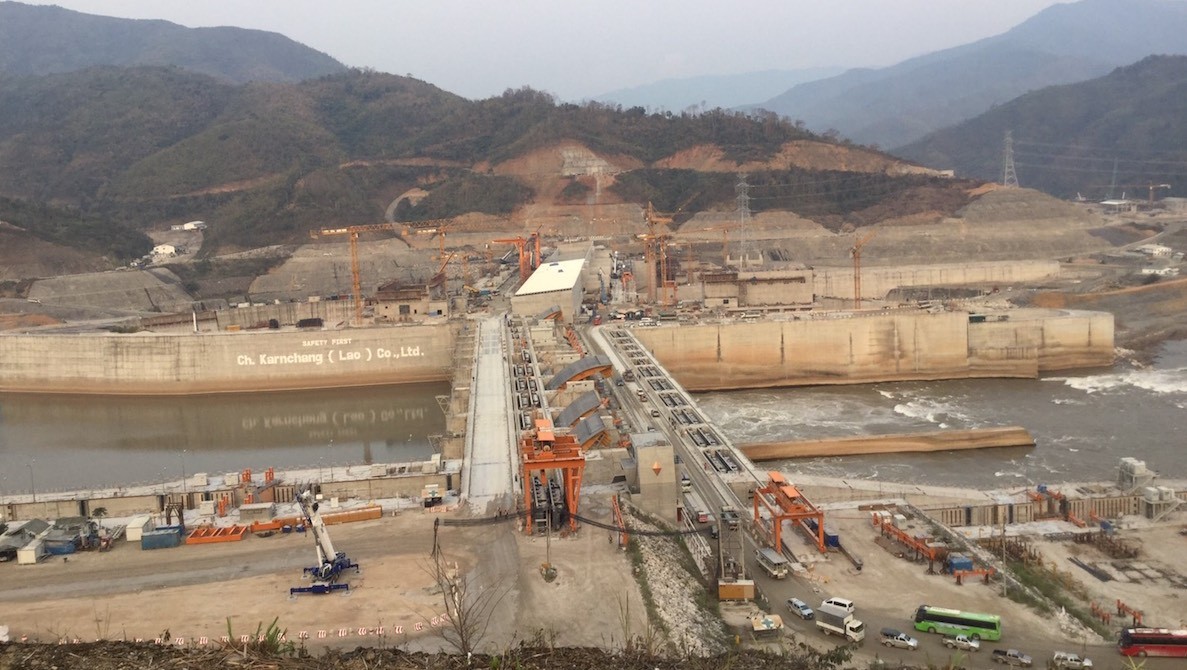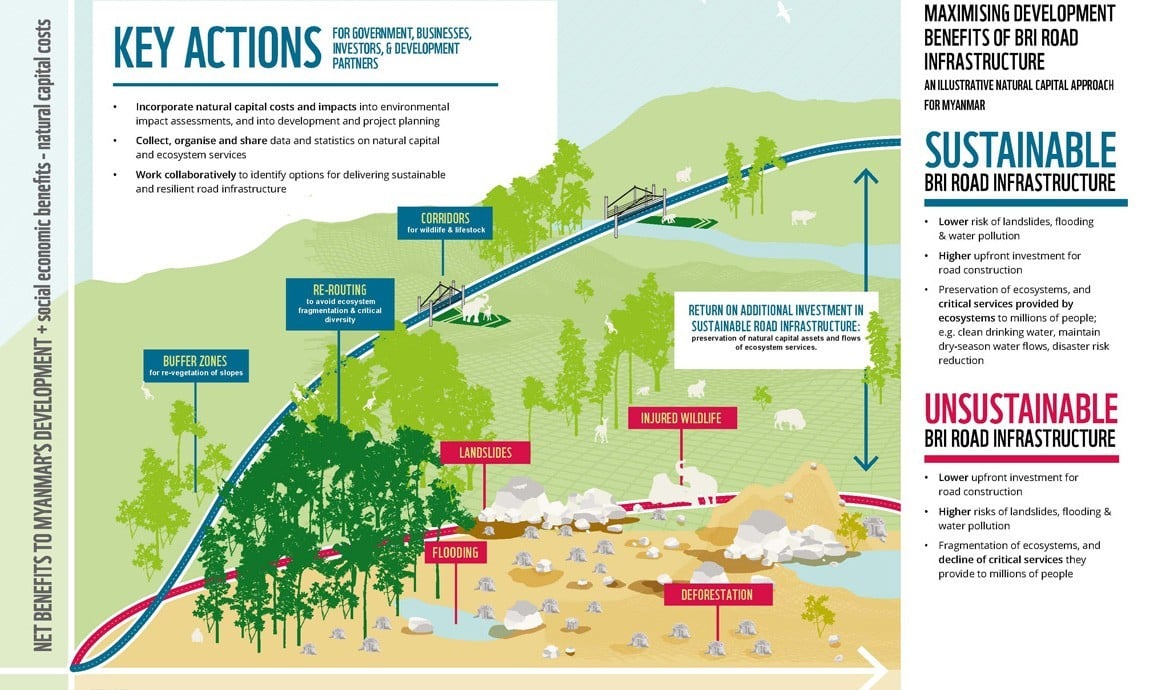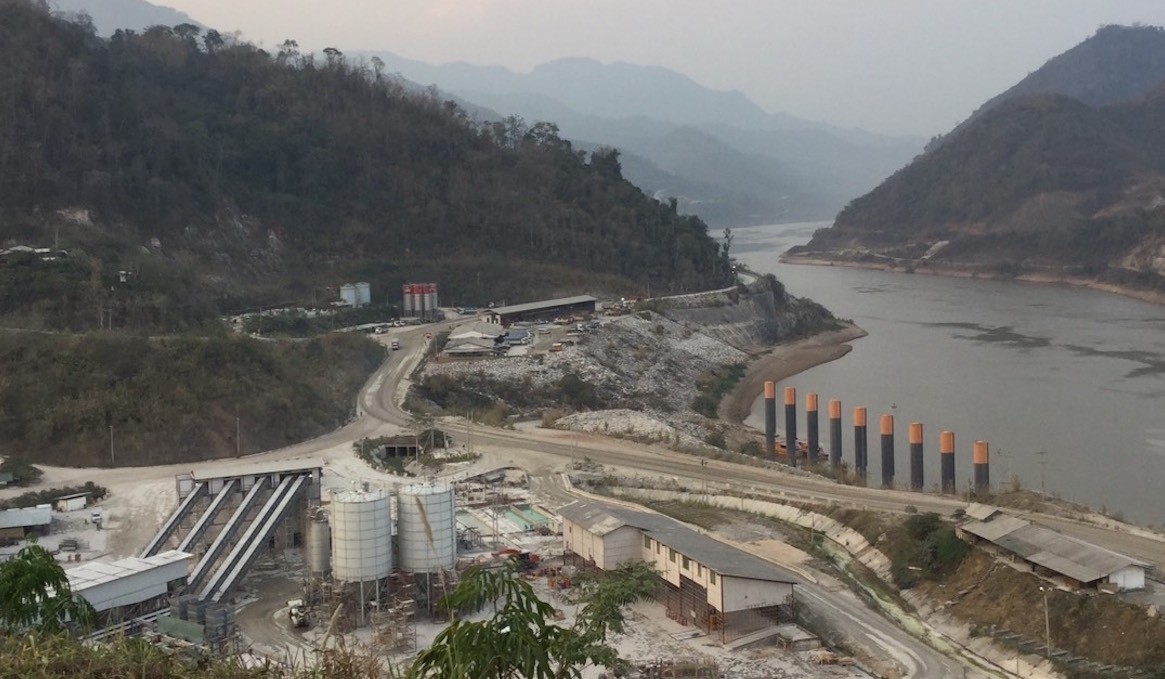Construction of the Xayaboury run-of-river hydropower project on the Mekong River has been 90 per cent completed with commissioning for commercial operation slated for next year, the project developer informed the nation’s President Bounnhang Vorachit on Friday.
Bounnhang, who is also Secretary General of the Lao People’s Revolutionary Party, and his delegation visited the construction site of about US$4 billion project in northwestern Xayaboury province to attend and open the annual Elephant Festival.
Deputy Managing Director of Xayaboury Power Company Limited (XPCL)’s Operation and Maintenance, Mr Anuparp Wonglakorn told the president that construction of the mega project started in 2012, local media reported.
Commercial operation of the hydropower plant on the river’s mainstream is set to begin in 2019.
During the 29-year concession period, the project is expected to earn almost US$4 billion in revenue for the government.
A navigation channel has been developed, which will enable a 500-tonne ship to pass through up and downstream of the power plant on the Mekong river.
World-class technology has been applied to develop the run-of-river project which will enable a huge amount of water to pass downstream.
“On average, as much as 4,000 cubic metres of water can drift downstream per second via this run-of-river project,” Mr Anuparp was quoted as telling President Bounnhang.
The developer has said natural-like fish ladders have been developed to enable fish to migrate upstream and downstream.
Migration channels have also been provided along with the utilisation of fish-friendly turbines to enable fish species to migrate downstream.
Meanwhile, facilities have also been employed by the project to enable sediments to proceed through the plant structure and downstream.
Studies showed that 97 percent are light sediments that can float on the running water and as the water of the Mekong river is running, the current will enable these light sediments to continue to drift downstream, Mr Anuparp told Vientiane Times previously.
The remaining 3 percent of more heavy sediments could have sunken, but they can also be flushed downstream through low-level outlets.
Mr Anuparp assured President Bounnhang that the project had compensated thousands of households affected by the project.
“In addition to the compensation provided, the project has also provided skills training for villagers to create income-generating activities for them,” he said.
The training includes skills in animal husbandry, evidence-based agricultural cultivation methods, weaving and food processing for One District One Product accreditation.
These efforts have enabled each household to generate an average of up to 10 to 15 million kip a year in income.





